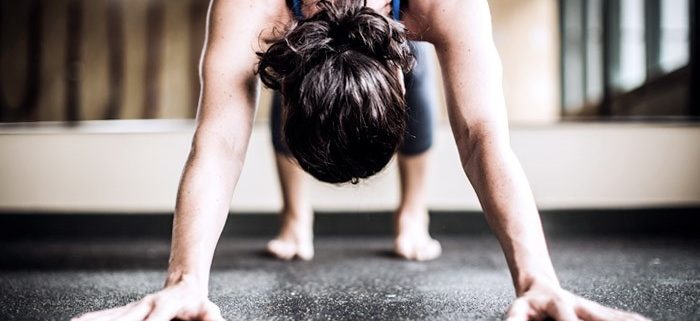3 Reasons to add YOGA to your Weekly Training Program
Nicole Grace completed the Florence Marathon in 2014 – she learnt many lessons along the way. Below is her story…
As a marathon runner I know how important a well-balanced training program needs to be. I have been guilty of over-training, under-recovering and not listening to the warning signs my body was giving me, to the detriment of my health. During the peak of my marathon training I was more concerned about pounding the pavement, interval training and climbing more hills. Replenishing, restoring and nourishing my body (and mind!) was never a priority. Sure, I used to stretch before and after runs and completed the ocassional strength and yoga class – but it wasn’t enough for a well-balanced programme.
Fast forward a few years later, with hindsight on my side and the knowledge I now have as a Yoga Teacher, I have no doubt that if I had included a weekly yoga practice into my training and integrated the tools of yoga into my life, not only would I have been a better athlete, I would still be running today.
Injuries and mental burnout inhibit the athlete’s ability to consistently train and progress. Athletes ranging from novice to elite (across all sporting disciplines) are turning to yoga to offset these challenges.
Below are 3 key reasons that support the benefits of yoga:
- Physical Benefits
Endurance athletes spend the majority of their time in the forward moving plane of movement. Runners and cyclists propel their bodies forward through recruitment of the hip flexors, quadriceps, hamstrings, glutes, and core. Swimmers propel their bodies forward through the repetitive movement of rotating the shoulders, utilizing the chest muscles, upper/mid back muscles, and the core. The repetitive nature of these sports (overusing some muscles while underusing others) put the body at risk for muscular imbalances, which could eventually result in injury and poor performance. Yoga restores balance and symmetry to the body, making it the perfect complement to runners and athletes. - Mental Benefits
Endurance sports take an incredible amount of focus, persistence, patience, and adaptability. An athlete can be in the best shape of his or her life, but if on race day their head is not it, neither will their body be. The practice of yoga improves mental focus by utilising both the breath and the body as an anchor for the mind. The practitioner becomes more aware of their own thoughts as they improve their ability to be fully present with their body and breath. Yoga teaches the individual to stay calm, focus, and breathe with whatever shows up on their mat, and athletes can certainly take these skills with them into their sport when the going gets tough. - Improved Breathing
Lung capacity is of prime importance for runners and endurance athletes because it creates the ability to maintain an even breathing pattern through all phases of running. The better the lung capacity, the more oxygen is circulated through the system, which is most helpful for running long and strong. However, the breathing pattern used in running and other forms of aerobic exercise involves quick and shallow inhalations and exhalations. This uses only the top portion of the lungs, leaving the middle and lower portions untouched. Yogic breathing involves slow, deep inhalations and long exhalations, making use of the upper, middle, and lower portions of the lungs. Yogic breathing has been shown to increase lung capacity, and greater lung capacity increases endurance and improves overall athletic performance.
Nicole Grace
Nicole is a Yoga Teacher at Beauty of Exercise. She is passionate about working with runners and endurance athletes to create a balanced approach to their training.
Resources: Yoga for the Endurance Athlete (Sarah Oliver) | Yoga for Runners (Christine Felstaed)












